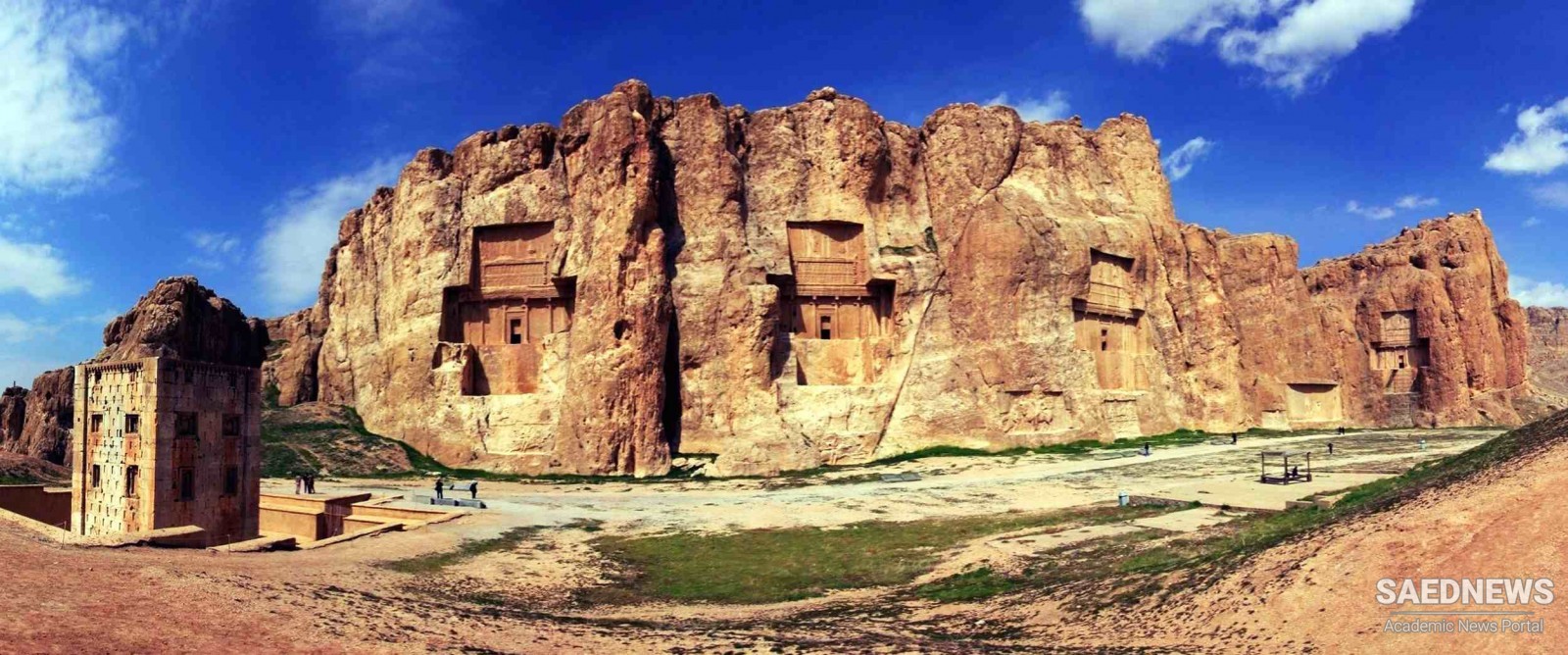In the society of our poet-sacrificer, the cosmic conflict translates into a number of oppositions, which we may characterize as those between rich and poor, strong and weak, patron and dependent, the poet-sacrificer and his rivals. In the Ordered cosmos, these two groups were created equal, as it were, in the mixed state, however, the rich and strong are often found to be possessed by the Lie, as are many of our poet-sacrificer’s colleagues. The paradox is that, by everything he has been told, the poet-sacrificer knows that in the Order of things the cow and the pastures were made and assigned to the sustainers of Order (3.47.3), but in actual fact the poet and his people are—allegedly—constantly faced with the problem of the maldistribution of the means of production and wealth. Again and again he stresses that the sustainers of Order lack the means of subsistence, while the others have plenty. This “social” aspect of the conflict, which pervades the Old Avestan texts, was emphasized by Antoine Meillet, who maintained that Zarathustra preached for the poor, the oppressed cattle-tenders. The sustainers of Order are the men here and now who accept Ahura Mazda and abide by his Order, as well as men of the past, among them heroes and poets, and men of the future, among them the future “revitalizers.” Their principal function is to uphold and maintain Order in the worlds of men and gods. The Lie, on the other hand, is served by the daêwas and men who are possessed by the Lie. The poet-sacrificer and his people will repeatedly pray to Ahura Mazda to be considered as belonging to the former group. The criterion for classifying men and gods into one of these two groups is whether they are or act in conformity with the two sets of rules laid down by Ahura Mazda, his established laws and the “deals.” The opposition between Order and the Lie and sustainers of Order and those possessed by the Lie and the struggle to overcome the Lie and those possessed by it are the all-pervasive themes in the Gâthâs, which is likely to be introduced at any point in the poem, with varying functions within the structure. Thus, the poet may first announce what he already knows about this matter, about the origin, present status, and end of the conflict and the participants; then he inquire about the same; and, finally, announce the fate of the competitors in the ritual competition. There are three sub-themes of this general theme, namely the origin of the cosmic conflict, the origin and nature of the social conflict (including the ritual conflict), and the eschatological theme, which is closely connected with the themes of the competition and chariot race. In the larger social context, the enemies of the good are the rich and mighty who possess the things needed be the weak and poor, among whom our poet-sacrificer counts himself. More specifically, his direct enemies are his rival poet-sacrificers, as well as the patrons who do not pay him the salary they owe him. Both groups are criticized in the strongest terms in the Gathas. The existence of numerous poet-sacrificers other than ours is made clear by plural references to “poets.” It follows logically that in a society where the poet-sacrificers vie for the attention, approval, and gifts of the gods, any other poet-sacrificer is bound to be a rival. That is not to say that they are all considered as bad, as well, but the absence of any mention of friendly poet-sacrificers leaves this point in darkness. The existence of other poets is well documented also from the Rigveda, in which it is commonly recognized that there are many, all of whom vie for the gods’ attention and favors. In the Gâthâs, as well, the rival poets “falsely” call themselves “poets” (kawis), and their patrons become possessed by the Lie and thereby ruin both the livelihood and the reputation of the real poets. The exigencies of the belly play an important role in the Gathas, as we see from the emphasis on the kinds of food that are in store for the sustainers of Order and the Lie, respectively. See more on this issue below on the Poet’s Complaint and under Rewards. There are several terms used for the rival or bad poet-sacrificers. Two of these have exact equivalents in Old Indic: kawi and usij ~ Old Indic kavi and ushij, while the others are only Old Avestan: karpan “*mumbler,” grehma “glutton,” vaepiya “*trembler,” kewina “*poetaster,” bendwa- “*binder, tier (of knots?).” The Old Indic term kavi is one of the commonest words for “poet,” and even in Old Avestan times it must have been a term of repute, as it is born by the famous kawi Vishtaspa. In fact, our text implies that it is the bad-poet-sacrificers who have given this term, as well as that of karpan, a bad name.


 Ancient Persia and Historical Developments of Early Fourth Century B.C.
Ancient Persia and Historical Developments of Early Fourth Century B.C.














































